On March 3, 1991, a Lake View Terrace, Calif. resident named George Holliday filmed the beating of an unarmed black man at the hands of several Los Angeles Police Department officers. The 12-minute long video tape preserved what could have otherwise become a forgotten episode of police brutality, and almost anyone who watches the film today can recognize it as the Rodney King beating.
The Rodney King video, next to the Zapruder film of the assassination of John F. Kennedy, is one of the most important examples of "sousveillance" footage to date. Sousveillance is the act of bringing eye-in-sky surveillance, usually by the authorities, down to the street level, where private citizens can capture events with small and portable recording devices.
Without Holliday's footage, "there would have been no prosecution," said Rodney King's attorney, John Burris to USA Today. "It meant everything," he continued.
With the mass accessibility of cellphone cameras, lightweight handheld cameras, and websites like YouTube, sousveillance has proliferated -- much to the consternation of certain police officers who have since been disciplined or convicted thanks to the videos in evidence.
"Video is making victims more credible," says Diop Kamau, CEO of PoliceAbuse.com and a former Hawthorne Police Sergeant Detective, on his site. "If Rodney King would have tried to tell his story without video, nobody would have believed it," he continued.
Twenty years after the Los Angeles Riots, sousveillance is more relevant than ever in this city. Browse Los Angeles sousveillance videos from 1992 to the present to see the big role individuals have played in reforming powerful institutions.
